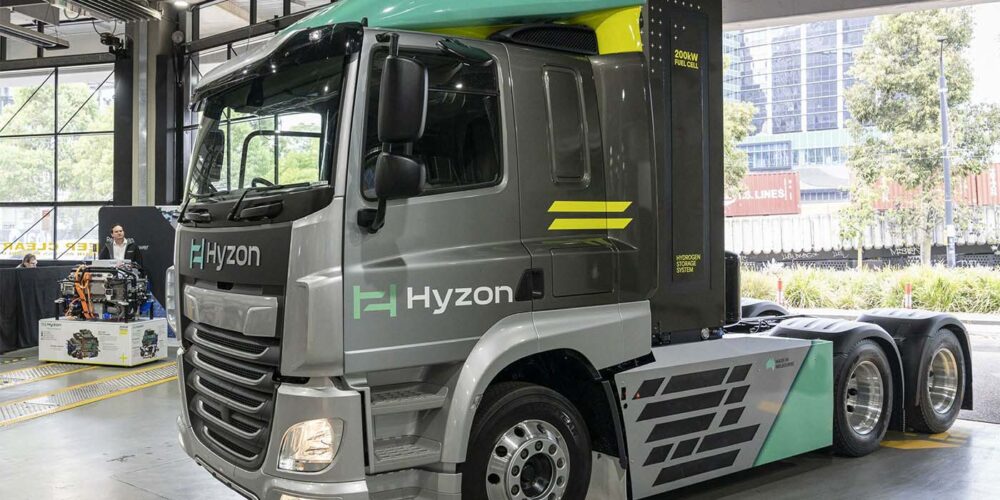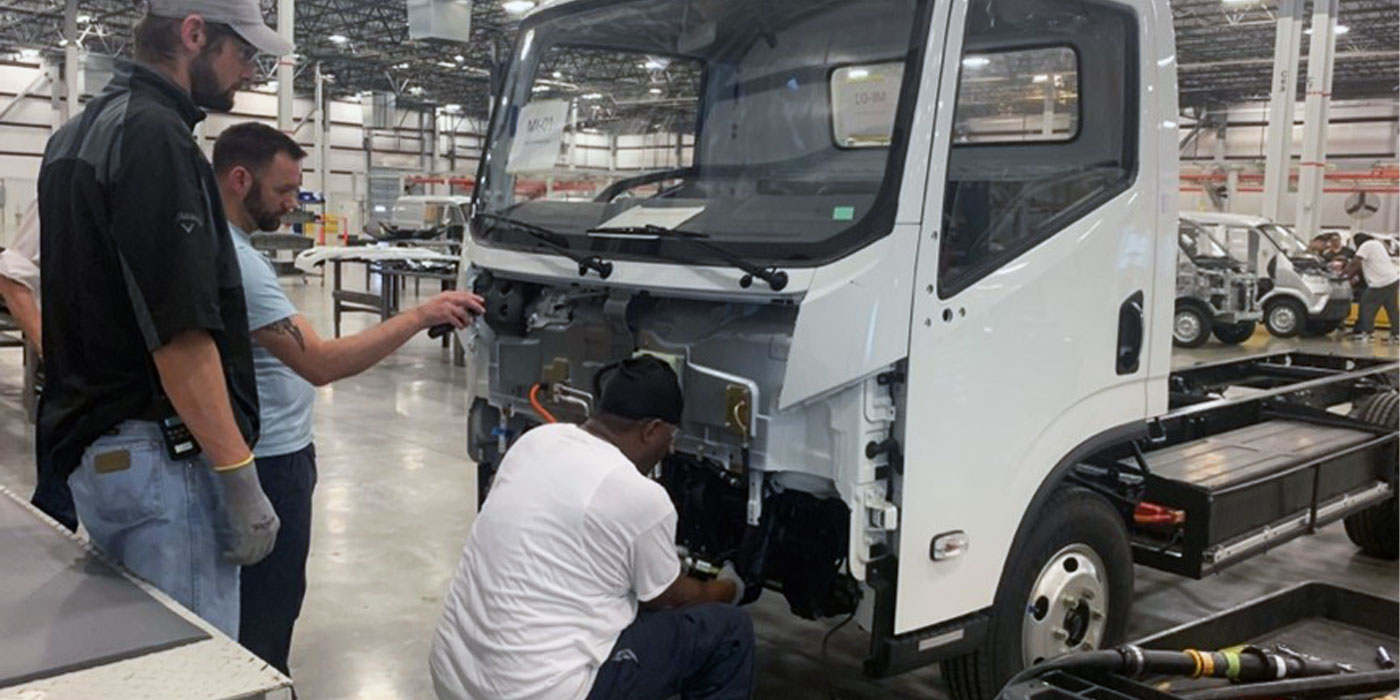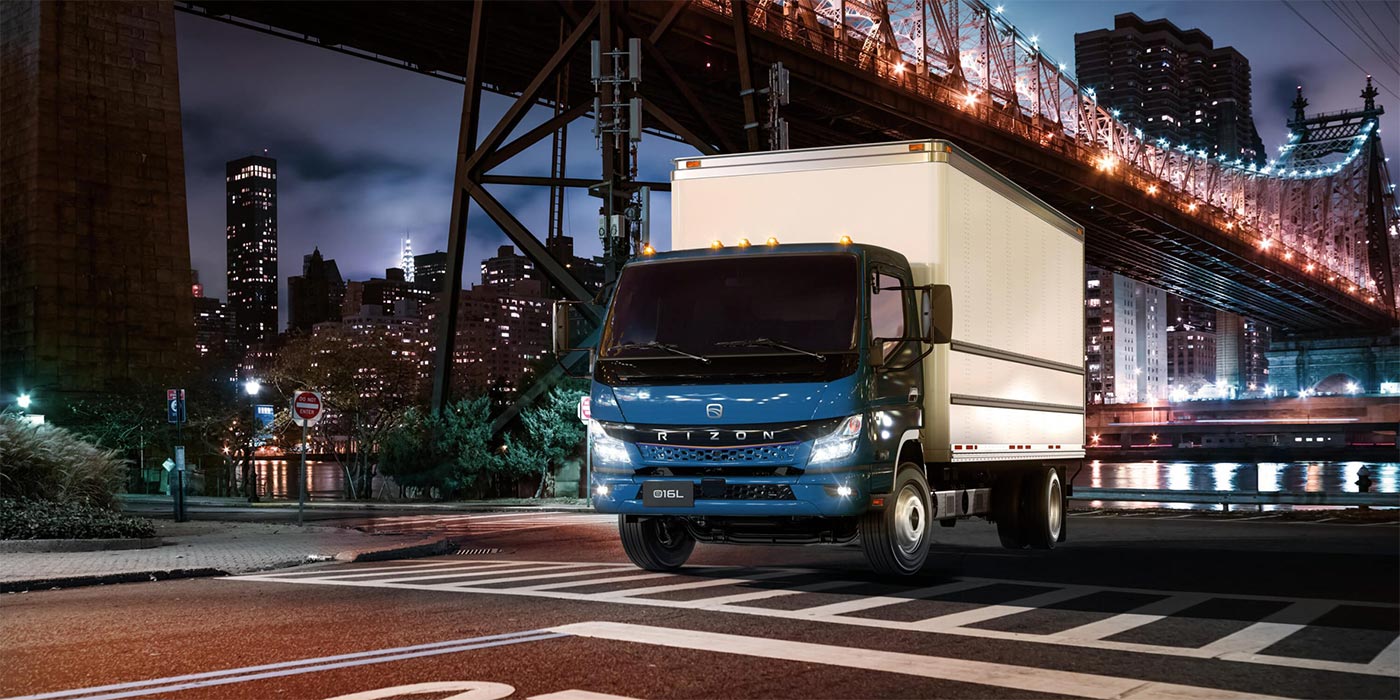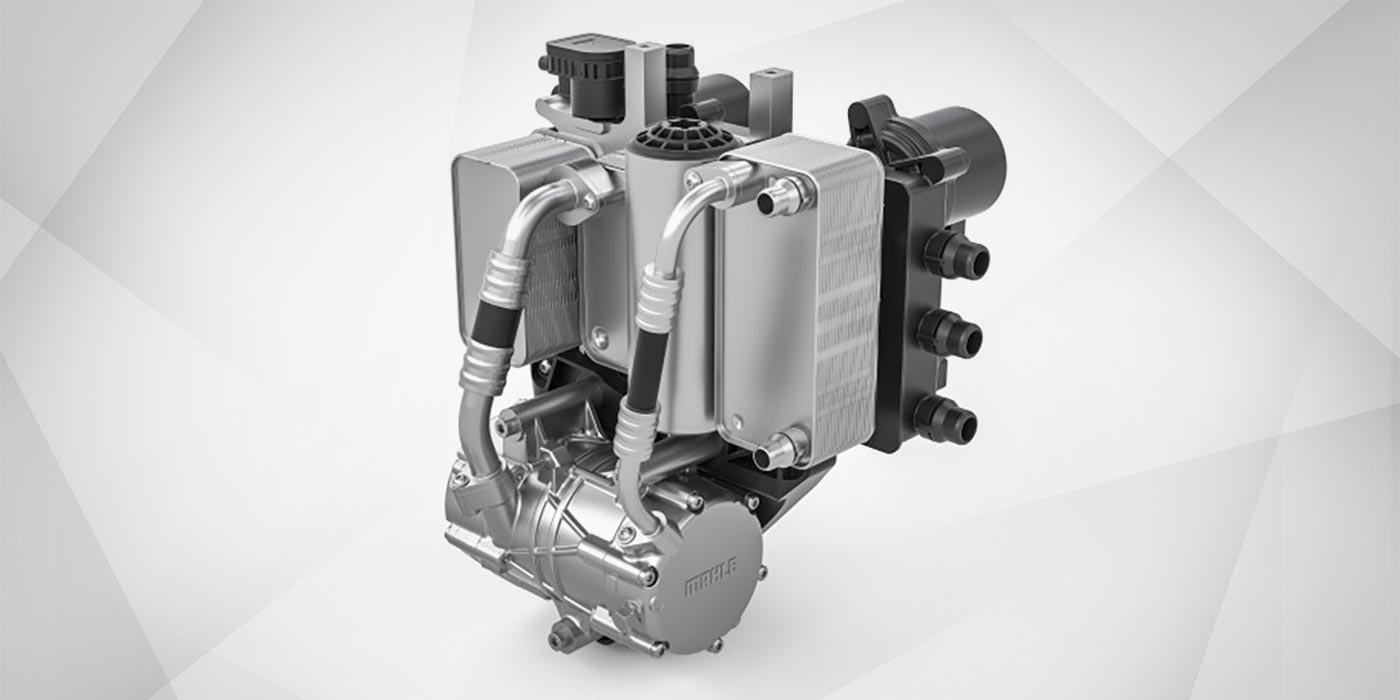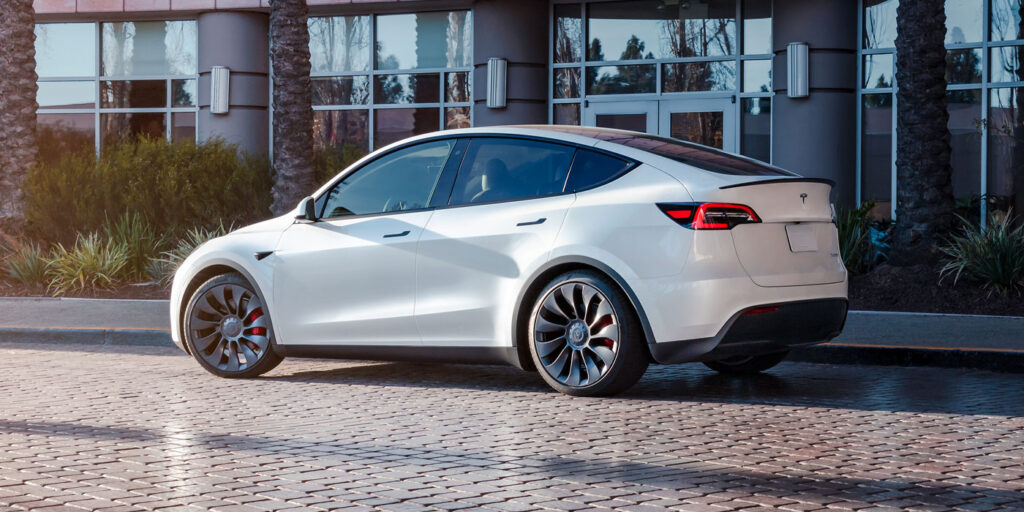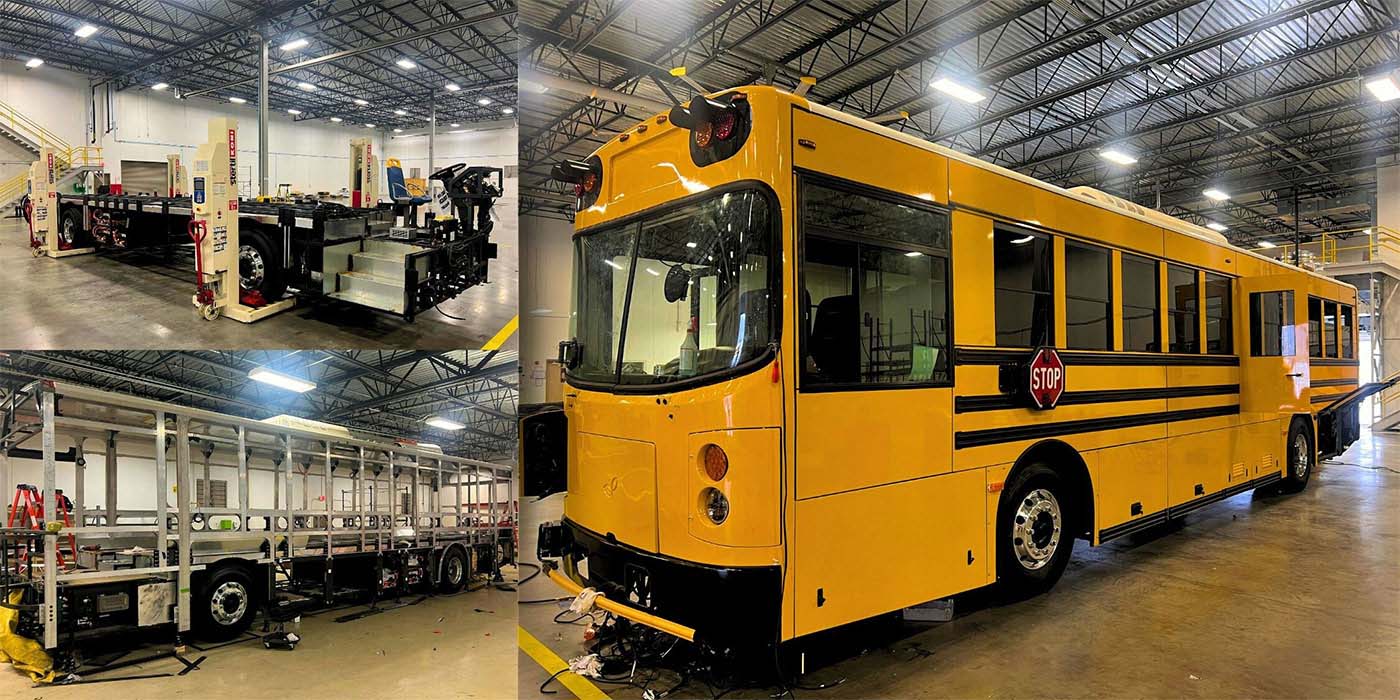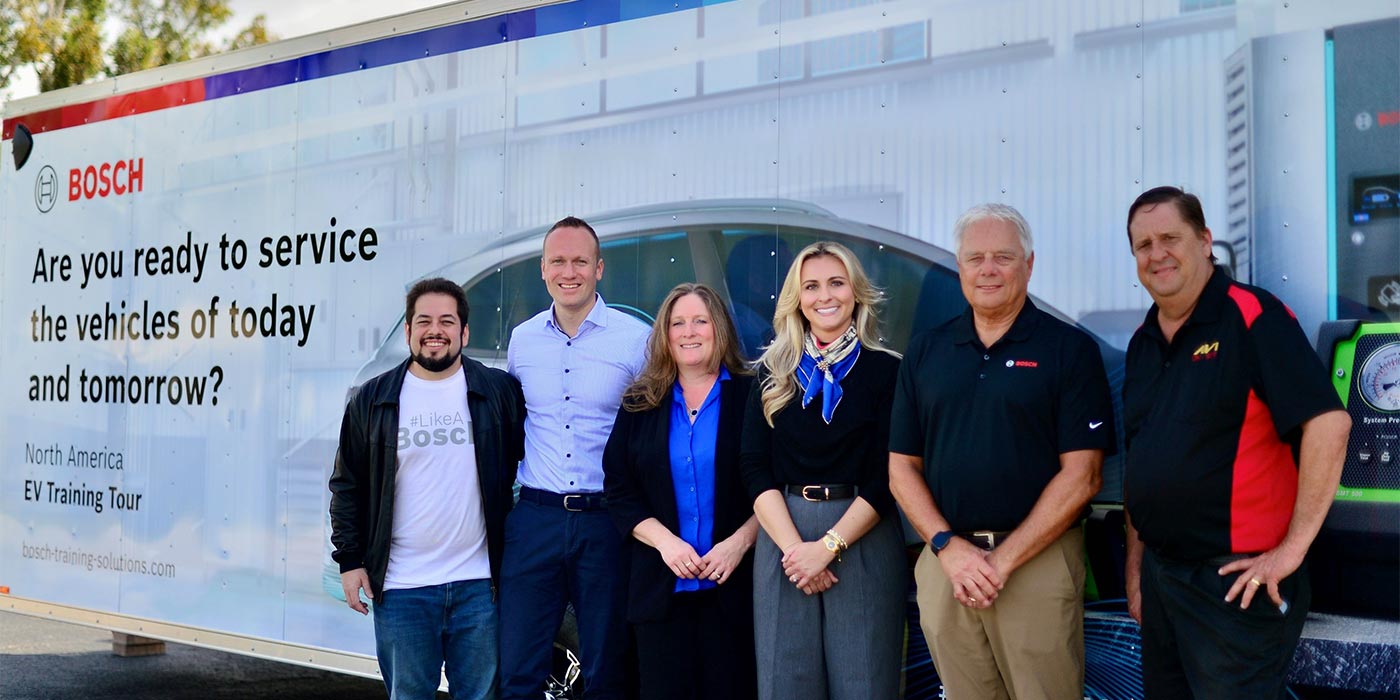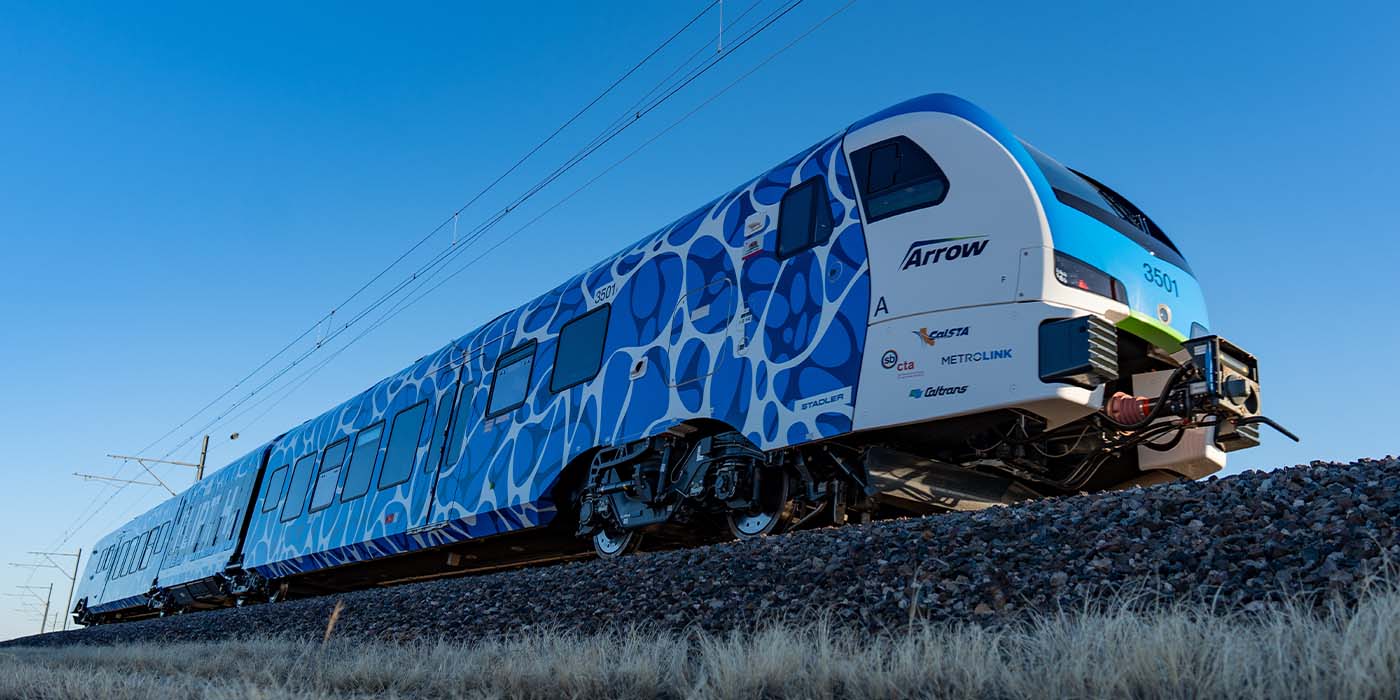Hyzon launched its single-stack 200kW fuel cell system and powertrain in a vehicle at a ceremony attended by government officials, heavy-duty fleet operators, and company employees and executives. The vehicle – Hyzon’s 200kW Prime Mover, the Australian term for a heavy-duty commercial truck designed to tow a semi-trailer – was officially unveiled at the Kangan Institute’s Automotive Centre of Excellence (ACE) in Melbourne, an educational provider of automotive training and accreditation in Australia.
Hyzon said it integrated its fuel cell technology and 200kW FCEV powertrain first into a cabover vehicle, a familiar design for fleets in Australia, New Zealand and Europe. The company said it expects to deploy 200kW cabovers in Europe and 200kW conventional vehicles in the U.S. later this year.
“This is Hyzon at its best,” Hyzon Chief Executive Officer (CEO) Parker Meeks, said. “The Hyzon 200kW Prime Mover provides our customers with a powerful, zero-emission option for their fleets, showcasing our expertise in crafting state-of-the-art FCEVs.”
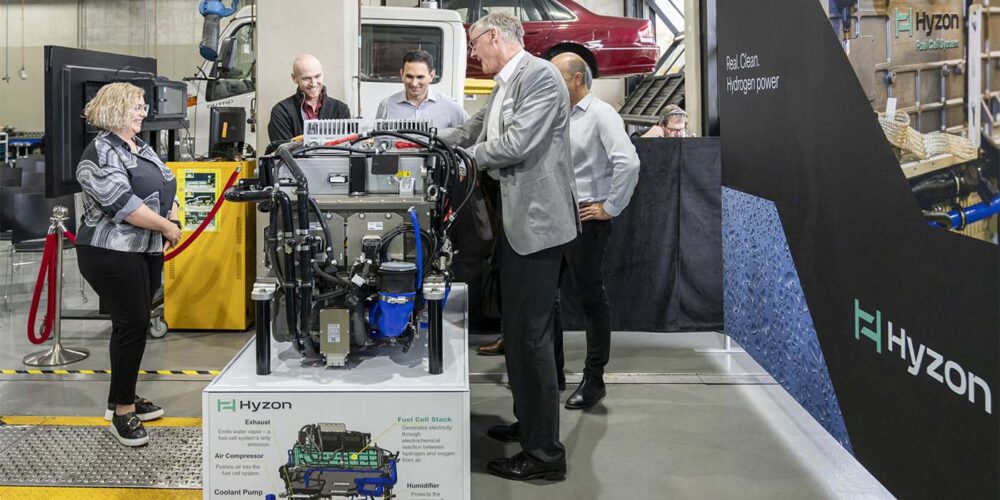
According to Meeks, the single stack 200kW fuel cell system also may allow Hyzon to bring the same technology to industrial ecosystems beyond trucking, including mining, rail, marine, stationary power generation and airport ecosystems.
“Hyzon is harnessing the power of hydrogen to deliver zero-emission energy where it is needed most,” he added.
The single stack 200kW fuel cell system for the Prime Mover was manufactured at Hyzon’s U.S. production facility in Bolingbrook, Illinois. This system, expected to reach the start of production in the second half of 2024, generates 200kW of power output from a single fuel cell stack, Hyzon said. Reaching 200kW fuel cell power typically requires two smaller units, but Hyzon has engineered a single stack 200kW fuel cell system that is 30% lower in weight and volume and estimated to be 25% lower in total fuel cell system cost compared to two of its 110kW fuel cell systems combined. By integrating high-power, compact fuel cell systems into familiar vehicle builds, Hyzon said it plans to offer a zero-emission option to fleets that can match the operational expectations of a diesel truck.
Hyzon Managing Director for Australia, John Edgley, said the Prime Mover was designed and assembled locally, which he said is a testament to the skills and capabilities of the company’s local workforce. According to Edgley, the 200kW Prime Mover is an important step in solving a uniquely “Australian problem,” conquering heavier payloads and longer distance requirements – without emissions.
“We look forward to working with transport operators across Australia and New Zealand as we move forward with the decarbonization of our transport sector,” he said.
Hyzon’s 200kW Prime Movers are expected to operate on Australian and New Zealand roads later in 2024.

